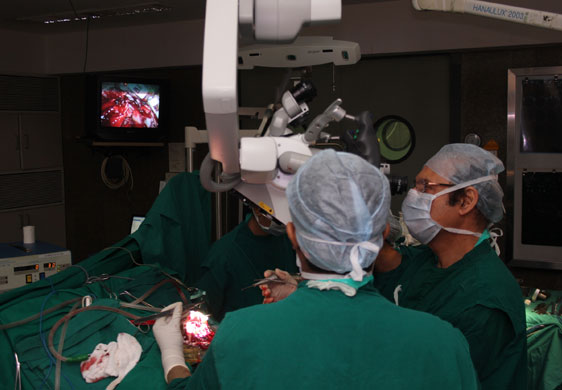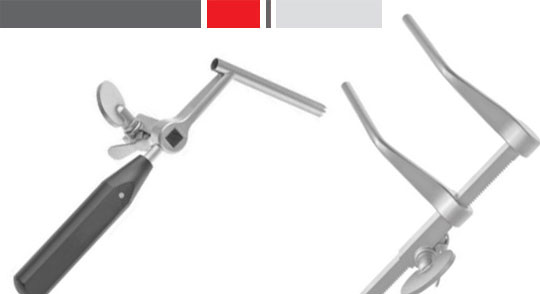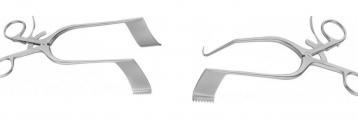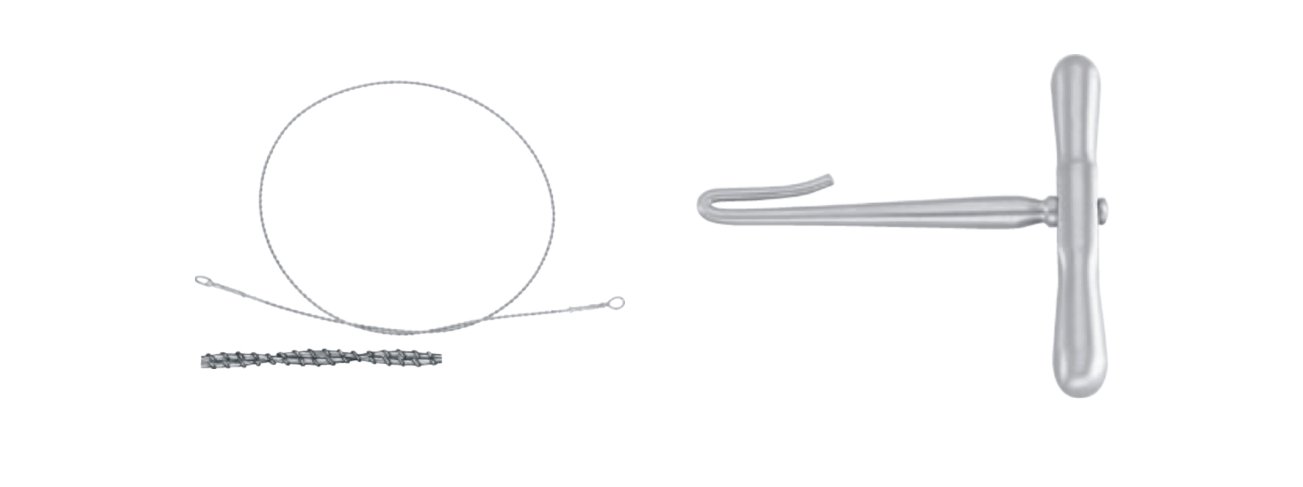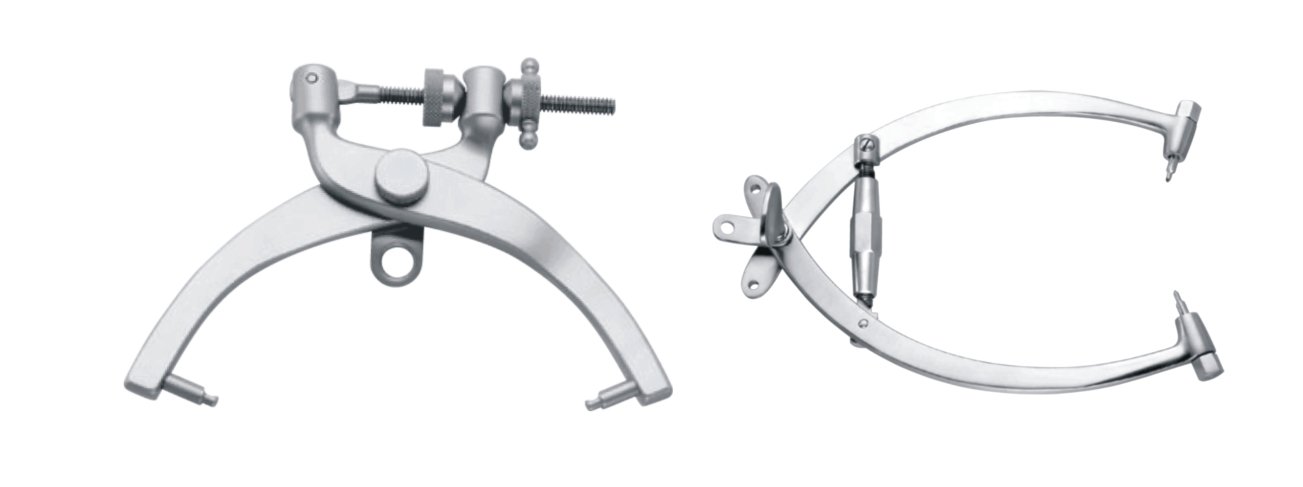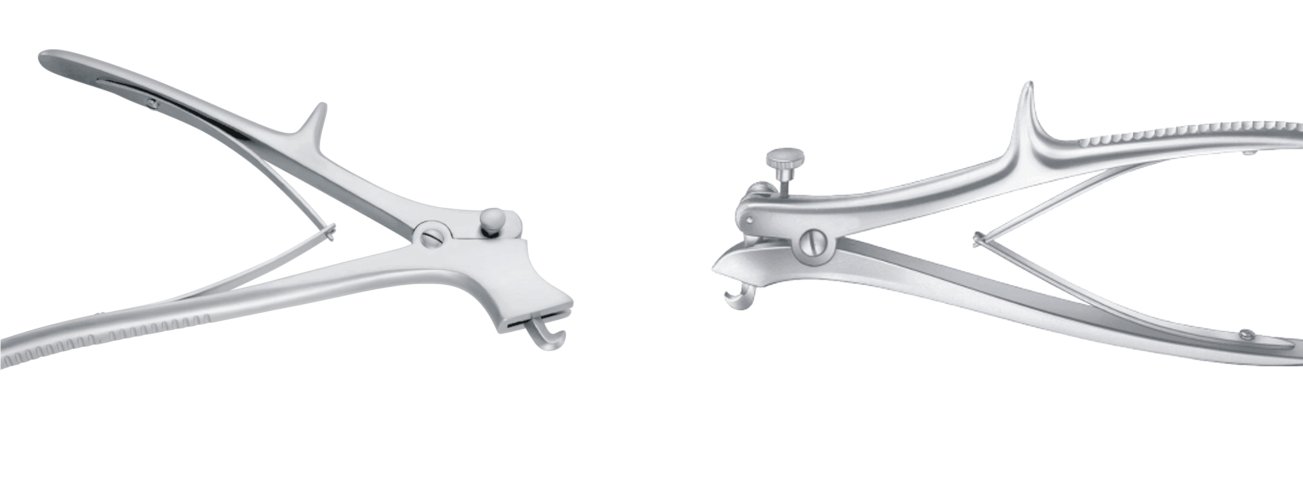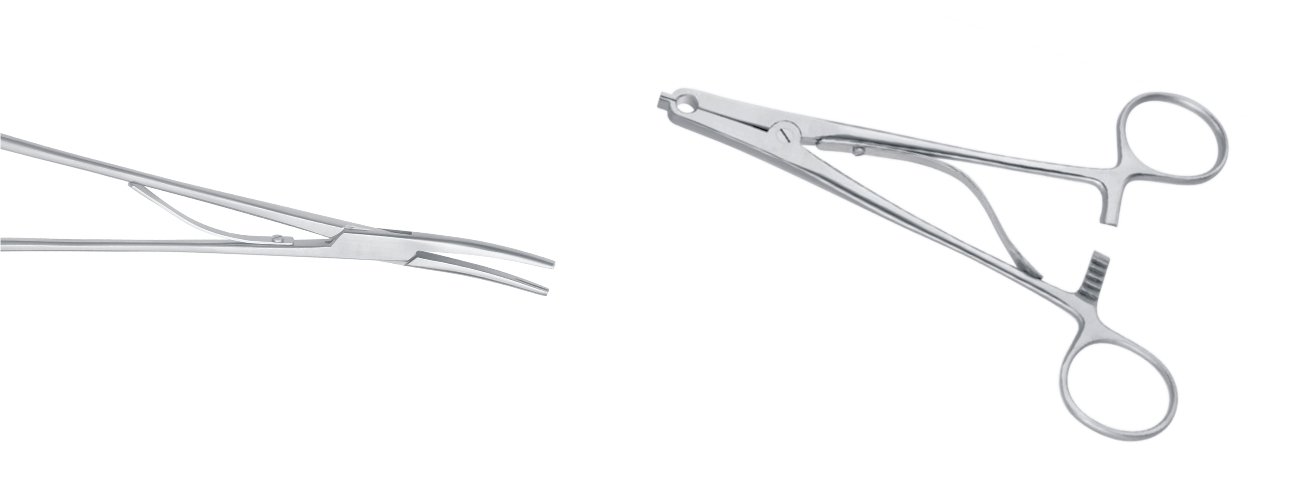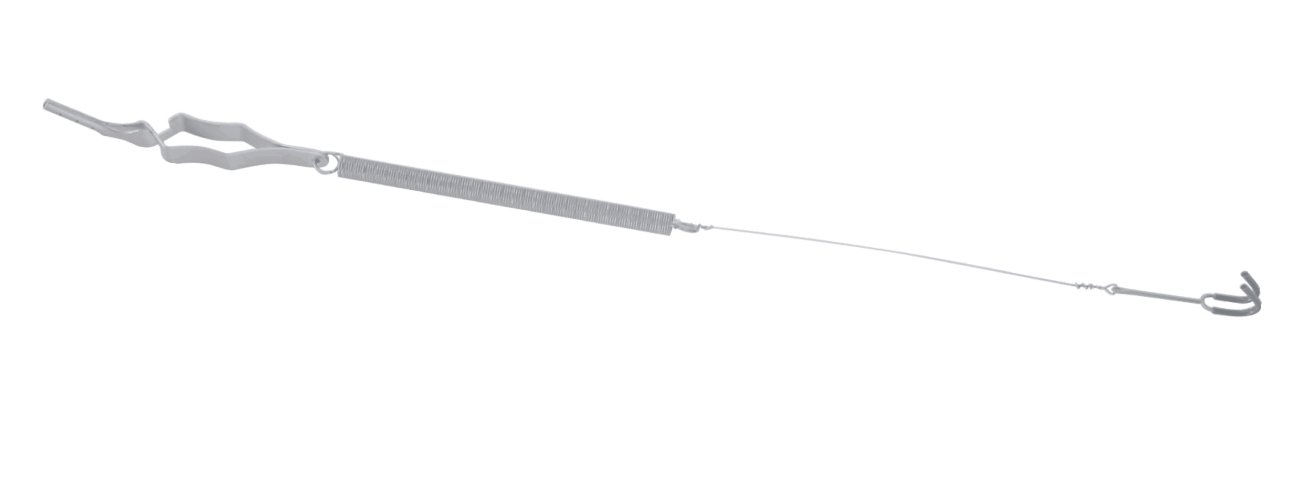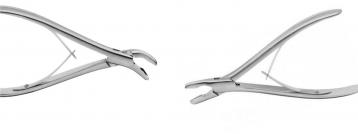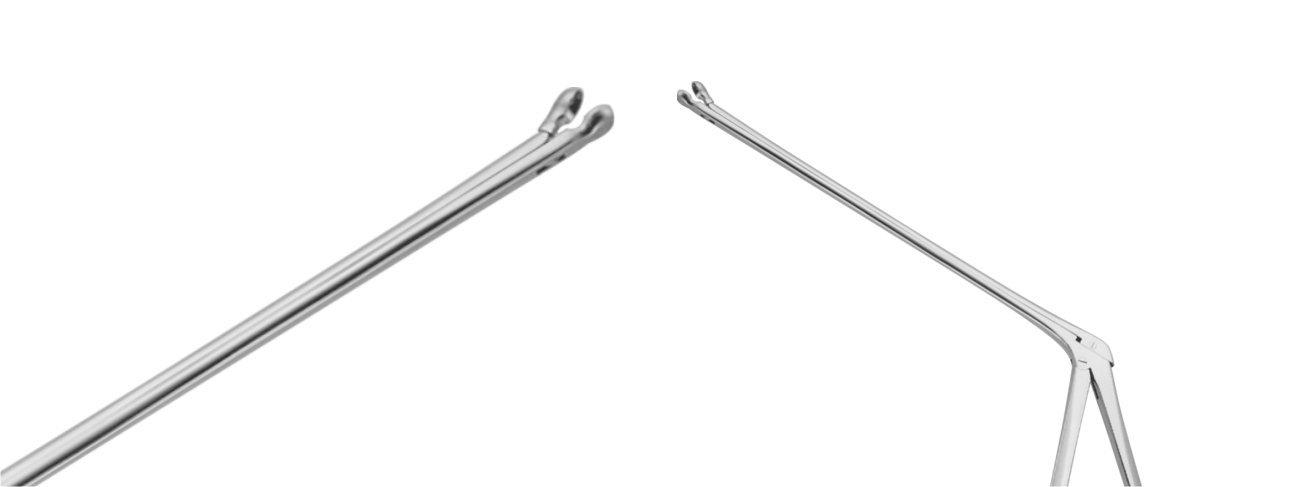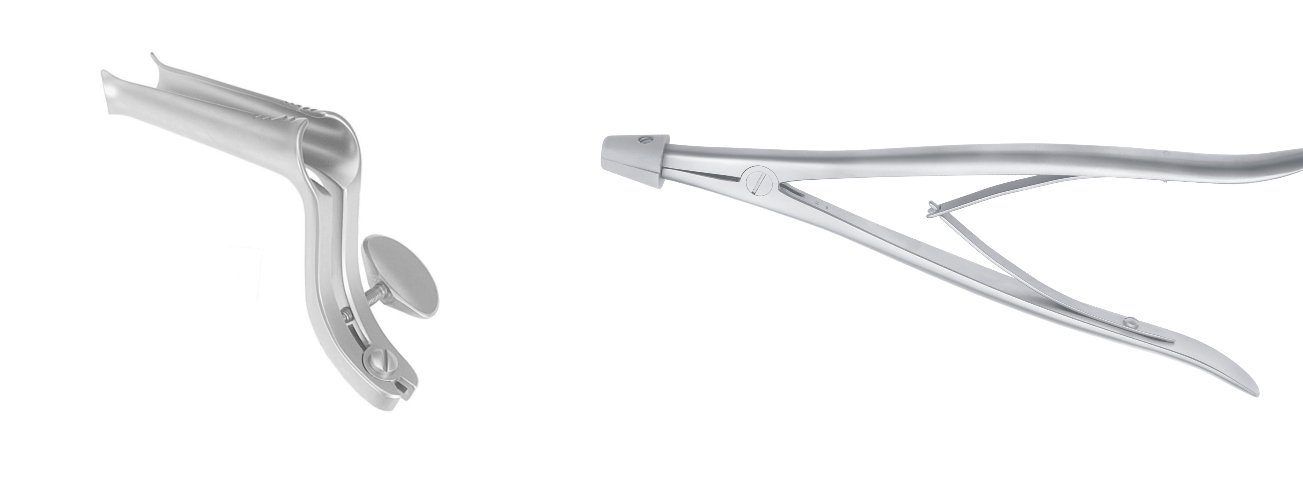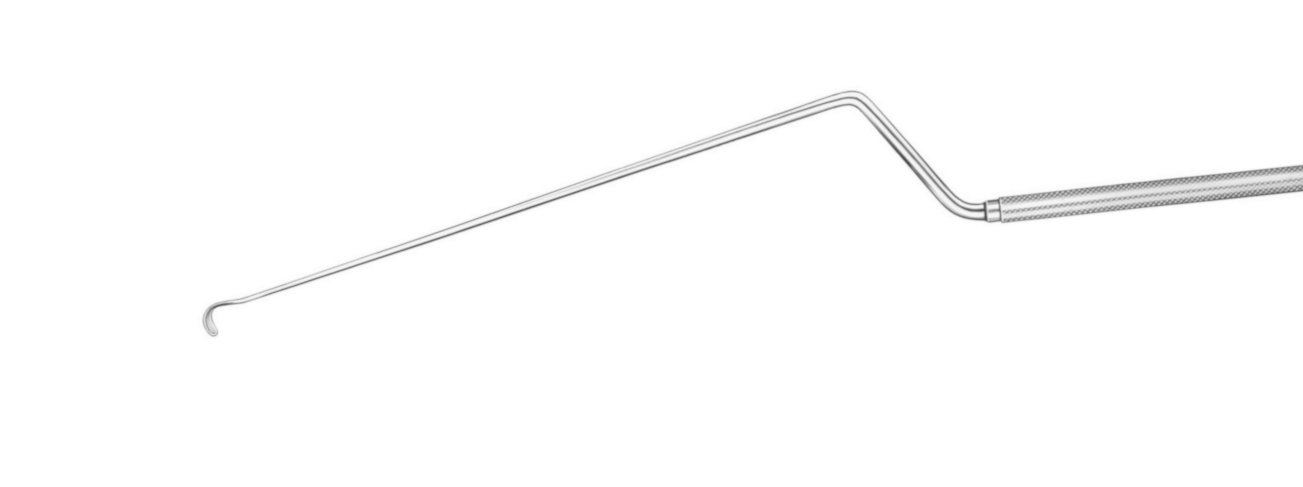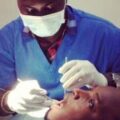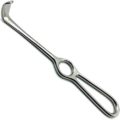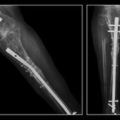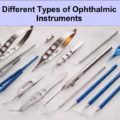Most people think of neurosurgery as brain surgery — but it is much more! It is the medical specialty concerned with the diagnosis and treatment of patients with injury to, or diseases/disorders of the brain, spinal cord and spinal column, and peripheral nerves within all parts of the body. The specialty of neurosurgical care includes both adult and pediatric patients. Dependent upon the nature of the injury or disease a neurological surgeon may provide surgical and/or non-surgical care.
Who is a Neurosurgeon?
A physician who specializes in neurosurgery. Neurosurgeons are not just brain surgeons, they are medically trained neurosurgical specialists who can also help patients suffering from back and neck pain as well as a host of other illnesses ranging from trigeminal neuralgia to head injury and Parkinson’s disease.
What is the role of the Neurosurgeon?
Neurosurgeons provide the operative and non-operative management (i.e., prevention, diagnosis, evaluation, treatment, critical care and rehabilitation) of neurological disorders. Because neurosurgeons have extensive training in the diagnosis of all neurological disease, emergency room doctors, neurologists, internists, family practitioners, and osteopaths often call upon them for consultations.
Neurosurgical Instruments and Their Uses
Brain Retractors
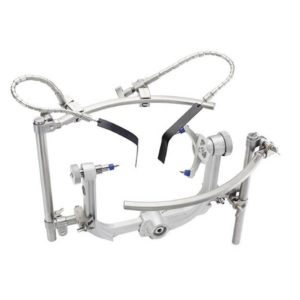
Brain retractors are neurosurgery tools utilized to actively separate and hold back brain tissue during surgical interventions such as craniotomy and many other intracranial procedures in order to expose the surgical site without causing significant damage to the surrounding brain. Surtex Instruments manufacture the most innovative brain retractors patterns, such as the Yasargil (Leyla) Brain Retractor Single Arm Complete, which features a tubular curved structure provided with multiple cylindrical segments connected to a fixation base.
Laminectomy distractors
Laminectomy distractors are neurosurgery instruments utilized to open up the space between two cervical vertebrae without endangering the joint ligaments, thus preventing displacement and radicular nerve compression while performing a cervical laminectomy procedure. Surtex Instruments manufactures a complete set of devices required to successfully perform a cervical laminectomy, including the Caspar Vertebral Distractor, which consists of a rack-and-pinion mechanism, a manually operated screw and a two armed compartment one arm is fixed and the other is moveable, enabling the surgeon to attach the arms to the upper and lower vertebral bodies and afterwards distract the disc space without endangering the joint connective tissue.
Laminectomy Retractors
Laminectomy retractors are surgical devices utilized by the neurosurgeon to open up and expose the surgical field during laminectomy procedures. There are several types of laminectomy retractors, such as the Meyerding Hemi-Laminectomy Retractor, which features ringed handles, two blades with toothed edges and a ratcheting lock mechanism which allows the operator to control the instrument’s retraction angle. SEE : Deaver Retractor
Wire Saws
Wire saws are surgical instruments utilized by neurosurgeons for cutting skull bones during craniotomy in order to provide access to the meninges and the brain tissue, thereby preparing an adequate operating field for the upcoming neurosurgical procedure.
Traction Tongs
Traction tongs are surgical instruments utilized by the neurosurgeon to hyperextend the head and neck of patients which present fractured or misaligned cervical vertebrae, in order to immobilize and align the vertebrae back in their site. The Crutchfield Skull Traction Tongs, features two arms disposed in an arch form, a manually operated screw, fitted in to control the aperture range of the arms, and distal drill points.
Cranial rongeurs
Cranial rongeurs are surgical instruments utilized for gouging out skull bones in order to open a window for exposing the cranial vault content. The main parts of cranial rongeurs are: handles provided with a spring mechanism which allows the surgeon to smoothly control the pressure exerted on the instrument, and small jaws which can vary in shape and aperture range according to the pattern they follow.
Scalp Clips and Applying Forceps
Scalp clips and applying forceps are surgical instruments utilized together in orderto temporary stop bleeding in injured patients with scalp wounds or surgically treated with incisions, which aids to avoid accumulation of blood behind the patients’ head. There are different forceps models, including the Raney Applying – Removal Forceps, which is featured with ringed handles, a ratcheting lock mechanism and jaws provided with a hollow circle form, especially designed to hold, accommodate, place and remove Raney Scalp Clips.
Galea Hooks
Galea hooks are neurosurgical tools utilized to retract the epicranial aponeurosis in order to create an access to the cranial bones; also, they can be used after a neurosurgical procedure to bring the anterior and posterior edges of the incised aponeurosis back together and allowing closure. SEE Types Of Ophthalmology Instruments
Brain Knives
Brain knives are surgical instruments utilized in neurosurgery for anatomical dissection, enabling the neurosurgeon to perform clean cuts through different tissues. The main parts of a brain knife are a handle, a shaft, and a small blade, which provides an excellent manoeuvrability in contemplation of allowing the surgeon to execute precise dissection and detachment procedures without endangering nearby tissue.
Drill Guide & Dura Protector
The drill guide and dura protector is a surgical instrument utilized by the neurosurgeon to guide the drill perforations usually performed through the vertebral bodies during neurosurgical interventions such as vertebral body replacement surgery. There is the Adson Drill Guide and Dura Protector, which features ringed handles, which eases the device manoeuvrability, a ratcheting lock mechanism designed to hold firmly the drill’s tip, and jaws uniquely provided with a circular hollow form, which enables the drill to pass through.
Tumor Grasping Forceps
Tumor grasping forceps are surgical instruments utilized in neurosurgery to manipulate and hold tumorous tissue while performing a tumor removal surgery. The main parts of a tumor grasping forceps are scissor type ringed handles and two stainless steel platforms, one of which is provided with a small jaw and the other being displaceable in order to push the jaw’s rear surface forward to close it.
Pituitary Instruments
Pituitary instruments are surgical devices utilized by the neurosurgeon to open up and expose the surgical field during transsphenoidal hypophyctomy. Neurosurgery equipment such as the Cushing-Landolt Specula, features a convex handle, two opposing blades which when brought together form a tubular hollow shape, and a manually operated screw mechanism designed to fine tune the blade’s angle of retraction.
Micro Needles, Hooks and Spatulas
Micro needles, hooks and spatulas are surgical devices utilizedby the surgeon to atraumatically assist tissue dissection during a broad range of neurosurgical interventions. The main parts of micro needles, hooks and spatulas are a round knurled handle, a slim tubular shaft and a tip which vary from by pattern. The Rhoton Micro Needle (Semi-Sharp) features a slim shaft which extends into a slightly curved, semi-sharp needle, especially designed to retract, hold and dissect different brain structures without endangering surrounding tissues, also, its slim design provides the surgeon with easy maneuverability and a comfortable access to hardly reachable surgical sites.SEE : Dental Instruments

